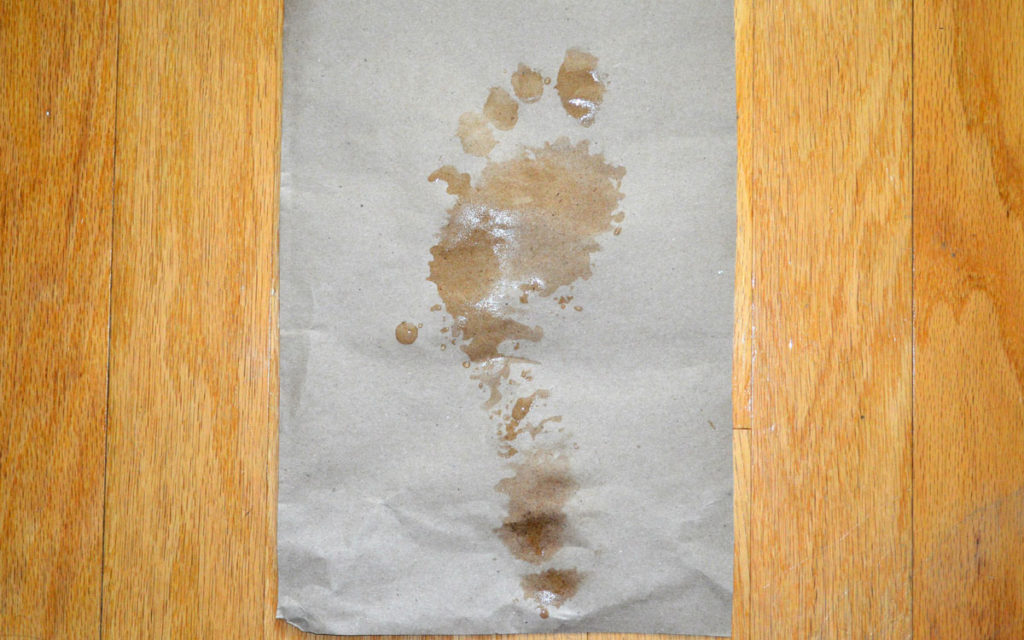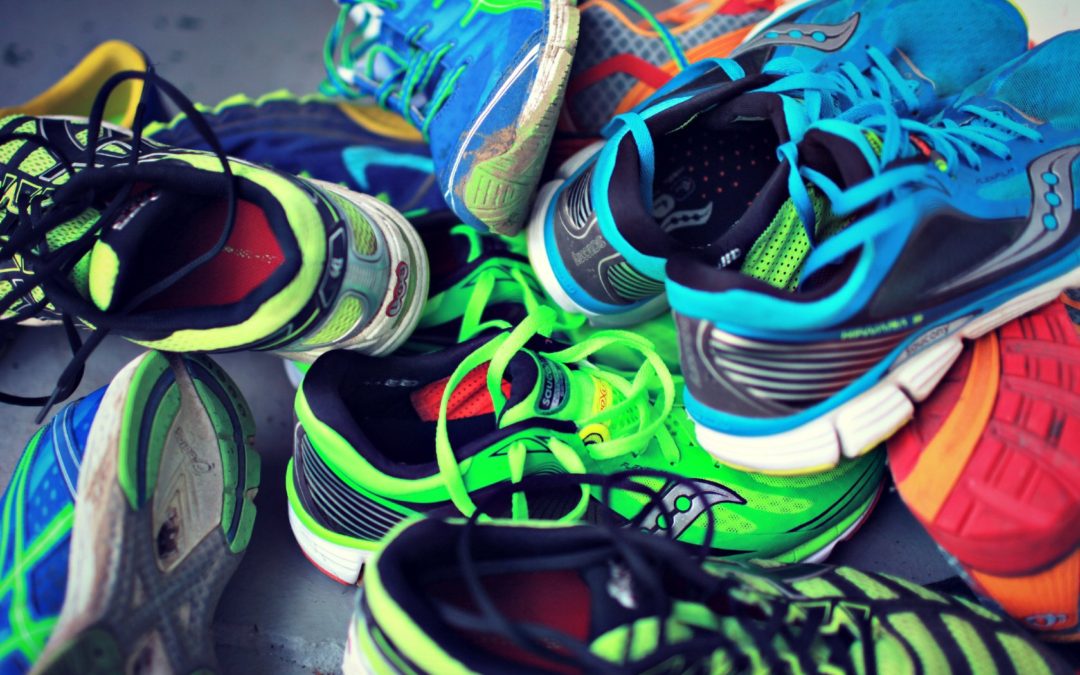The only piece of equipment runners need is a good pair of shoes. With so many options for footwear, shopping for your first pair can feel a bit intimidating. I’ve spent years finding my favorite pairs, and have different shoes for different purposes (see the picture above). My quest for the best running shoe began at my local running store.
REGISTER FOR OUR NEXT 5K FUN RUN!
Recently, I talked with Chad from Portland Running Company, who told me they use “three F’s” when it comes to helping people find the best running shoes.
“First we look for the right FIT. Is the length, width, depth, toe box and overall shape of the shoe right for the persons foot? Second, how does it FEEL? Is it comfortable? Does your foot feel secure? Finally, does the shoe FUNCTION the way you intend to use it? From trail running to racing or an everyday trainer. Function also relates to how much support or other factors a shoe needs to provide. The key is getting all “F’s” working together.”
Before you get fitted, here are a few basic things you’ll want to know about running shoes to have the best experience.
KNOW YOUR FEET
One thing you should be aware of when it comes to your feet is the type of arch you have. Arch shape determines how much support you’ll need in your shoes. Because it’s difficult to instinctively know your arch shape, the “wet foot” test is helpful.
Here’s how to do this at home.
- Cut open a brown paper bag.
- Fill a baking sheet with water (the kind with sides otherwise it will go all over the floor).
- Dip your bare foot the in water and take one step on the paper bag.
- Review the imprint that your foot left on the surface and compare to the ones below.

Here is a foot with a medium high arch.
PRONATION VS SUPINATION
These terms refer to the way your feet hit the ground while running or walking.
- If your foot rolls in, you are a pronator. The inner part of your foot and arch absorb the majority of your weight when you land on the ground.
- If your foot rolls out, you are a supinator. Your pinky toe and the outer edge of your foot absorbs the majority of the impact.
We all roll a little in one direction or the other. Rolling too far is what can lead to problems. Excessive rolling in either direction is when shoes can help correct these issues. Strengthening the muscles causing the imbalance is the best long term solution.
MOTION VS. STABILITY VS. NEUTRAL
You’ve probably heard something about the “natural running movement.” The idea is that modern running shoes provide too much correction and don’t allow us to run the way nature intended. My take is that nature didn’t intend for us to run on hard surfaces, but since we do, we probably need some help from our shoes.
The following three terms refer to how much correction or control your shoes provide your feet:
- Motion Control Shoes help runners with lots of inward ankle rolling (pronation). Usually, they have a “bar” of some sort, and “medial and lateral posts” that limit the amount the foot can roll. They tend to be big, bulky, and heavy. If you notice excessive wear on the inside tread of your current shoes, you may need these.
- Stability Shoes are recommended for anyone with a “normal” arch. They can help with mild pronation. They tend to be a bit more “responsive” and not quite as firm. This is the type I wear most often.
- Neutral/Cushioned Shoes are for those runners who roll out (supinate) or have minimal rolling. They tend to be a bit lighter, and generally only for a medium arch type.
OTHER TERMS
If you want to go the extra mile and know your stuff, here are a few more running shoe terms you may encounter on your hunt for the perfect shoe:
- Heel Drop refers to how much lower your toes are from your heel. One theory is that the less “drop” your shoes have, the less likely you are to become injured. Others think those overcoming certain injuries need more. Research and decide for yourself.
- Weight is obvious, but lighter shoes tend to make you feel faster but can be less supportive.
- Cost doesn’t mean much, except according to one study, the most expensive running shoes are rarely the ones with the best reviews. Plan to spend around $100 – $125 for a high-quality pair, but above all else, find something comfortable.
TRY BEFORE YOU BUY
The bottom line, find a place that will fit you with a shoe that works best for you. Chad says the shoes should feel good when you leave the store and don’t need much, if any, breaking in. As far as I know, all of the running stores in Portland have generous return policies if you don’t like them.
If you’re a seasoned vet when it comes to buying running shoes, what other tips would you share?





